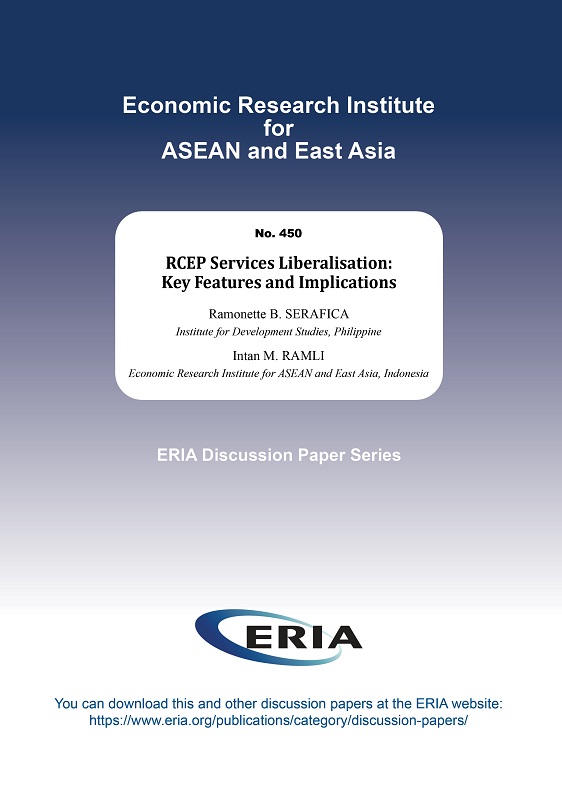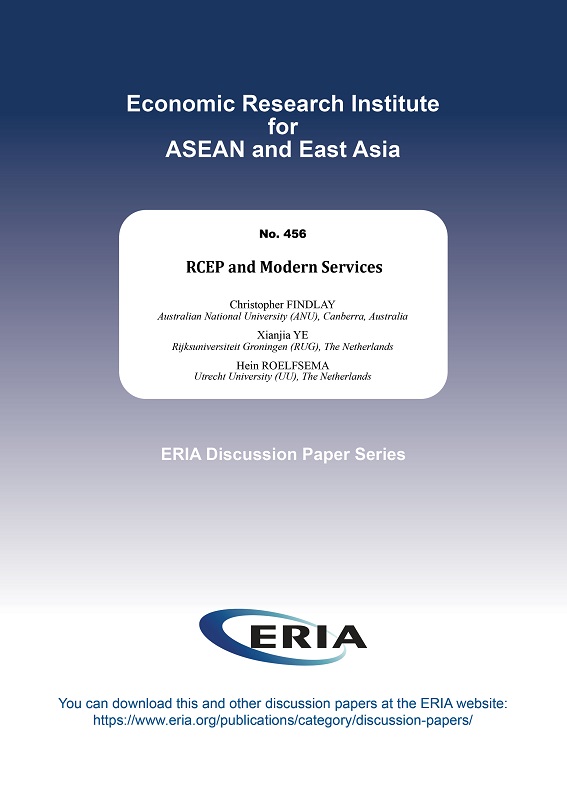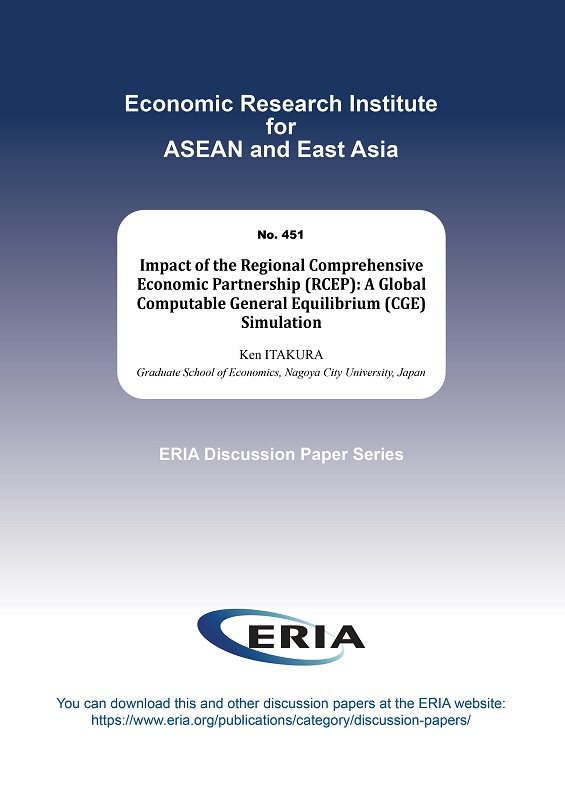RCEP Services Liberalisation: Key Features and Implications

Print Article:
The Trade in Services Chapter of the RCEP Agreement establishes the rules for the progressive liberalisation of trade in the region and sets out regulatory disciplines to mitigate barriers to competition. Considered the most significant feature of the RCEP agreement compared to other FTAs of ASEAN is the scheduling of market access commitments using the negative list approach. Thus, an immediate challenge for members that initially adopted the positive list is the transition to the negative list scheduling approach. Furthermore, members will need to implement competitive and robust regulations in liberalising services. Developing countries, especially LDCs, might also face capacity constraints to fully take advantage of the market access given by the RCEP partners.




